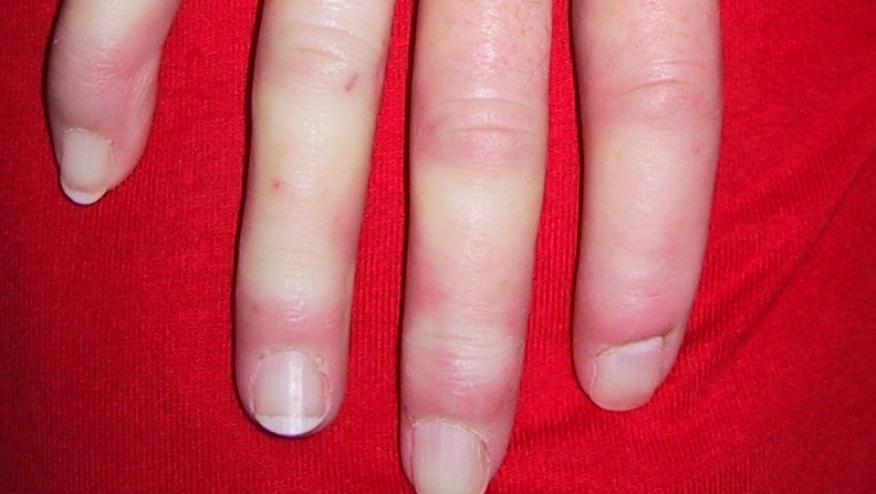Abatacept Disappoints in Systemic Sclerosis Save

A 12‐month, Phase 2 trial has shown that subcutaneous abatacept was well tolerated in patients with diffuse cutaneous systemic sclerosis (dcSSc), but failed to significantly change the skin outcomes as measured by the change in modified Rodnan skin score (mRSS)
A total of 169 dsSSc patients were screened and 88 patients were randomized in a double‐blind, placebo‐controlled protocol to receive either abatacept 125 mg subcutaneous or matching placebo; patients were stratified by duration of dcSSc. The co‐primary end points were change in (mRSS) and safety over 12 months.
At entry the mean mRSS was 22.45; by the end of 12 months, the adjusted mean change in mRSS at 12 months was ‐6.24 units in the abatacept and ‐4.49 units in the placebo (p=0.28). Decline in mRSS over 12 months was clinically and significantly higher in abatacept vs. placebo for the Inflammatory (p<0.001) and Normal‐like skin gene expression subsets (p=0.03).
While there was less decline in FVC in abatacept pts, these results were not significant (-36.39 ABA vs. -121.6 PBO; p=0.19). Only the ACR CRISS score favored ABA over PBO. Two other secondary outcome measures (HAQ‐DI and a composite measure) were clinically and statistically significant favoring abatacept.
Thirty-four (77%) and 35 (80%) completed the 12-month trial in the abatacept and placebo groups, respectively. At 12 months, 7 (16%) and 16 (36%) in the abatacept and placebo groups, respectively, had received escape therapy for worsening dcSSc
These preliminary phase II results suggest that T cell targeting with abatacept may not be an effective long term intervention in dcSSc patients.










If you are a health practitioner, you may Login/Register to comment.
Due to the nature of these comment forums, only health practitioners are allowed to comment at this time.